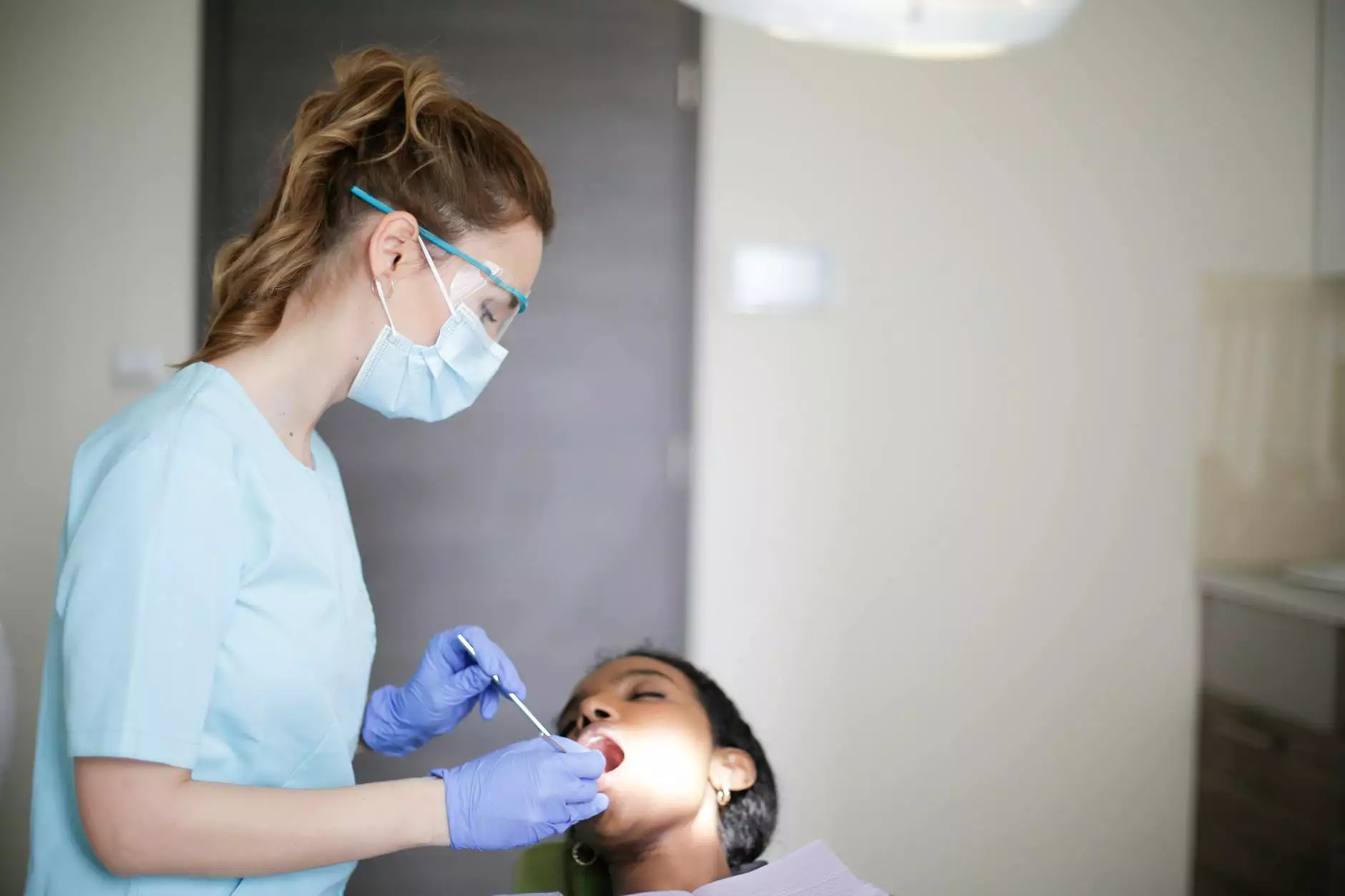Closed Pneumothorax Treatment: Understanding Causes, Symptoms, and Solutions

Closed pneumothorax is a medical condition characterized by the accumulation of air in the pleural space, which can lead to a collapse of the lung on the affected side. This condition can occur without any external wound, hence the term "closed." Understanding closed pneumothorax treatment is crucial for ensuring timely and effective management. In this article, we will explore the symptoms, causes, diagnostic approaches, and various treatment options for closed pneumothorax.
What is Closed Pneumothorax?
Closed pneumothorax arises when air escapes from the lung into the pleural space due to a rupture of the lung tissue. Unlike an open pneumothorax, which involves a penetrating injury, closed pneumothorax can occur spontaneously or as a result of underlying lung diseases such as emphysema or cystic fibrosis. Understanding these aspects is essential for effective closed pneumothorax treatment.
Common Causes of Closed Pneumothorax
Several factors can contribute to the development of closed pneumothorax, including:
- Spontaneous Pneumothorax: Often seen in young, tall males, it can occur without any apparent cause. The rupture of blebs (weak areas in the lung) leads to air escape.
- Underlying Lung Disease: Conditions such as chronic obstructive pulmonary disease (COPD), asthma, cystic fibrosis, or pulmonary tuberculosis can increase the risk of lung tissue rupture.
- Trauma: Although termed “closed,” trauma from blunt force (e.g., heavy falls, car accidents) can result in a closed pneumothorax.
Signs and Symptoms of Closed Pneumothorax
The symptoms associated with closed pneumothorax can vary in severity depending on the amount of air in the pleural space and the underlying health of the patient. Common symptoms include:
- Sudden Chest Pain: Often sharp and localized to one side of the chest.
- Shortness of Breath: Difficulty in breathing may ensue due to lung collapse.
- Tachycardia: Increased heart rate can occur as the body compensates for reduced oxygen levels.
- Cyanosis: A bluish tint to the lips or fingertips may indicate insufficient oxygenation.
Diagnosis of Closed Pneumothorax
Diagnosing closed pneumothorax involves a thorough medical history and physical examination. Healthcare providers often utilize diagnostic imaging to confirm the condition:
- Chest X-ray: This initial imaging test can reveal the presence of air in the pleural space and assess lung expansion.
- CT Scan: More sensitive than X-rays, a CT scan can provide detailed images and could help identify the underlying causes.
- Ultrasound: In certain situations, especially in emergency settings, ultrasound can rapidly identify pneumothorax.
Closed Pneumothorax Treatment Options
Once diagnosed, the treatment of closed pneumothorax varies based on its size, symptoms, and the overall health of the patient. Common treatment approaches include:
1. Observation and Monitoring
In cases where the pneumothorax is small and asymptomatic, doctors may recommend a conservative approach:
- Regular Follow-ups: Monitoring through follow-up visits and imaging to ensure that the condition does not worsen.
- Oxygen Therapy: Administering supplemental oxygen can help reabsorb the air in the pleural space faster.
2. Needle Aspiration
For larger pneumothoraces causing significant symptoms, a procedure called needle aspiration may be performed:
- Procedure: A needle is inserted into the pleural space to remove the excess air.
- Benefits: This offers quick relief and can be performed in an outpatient setting.
3. Chest Tube Placement
If the pneumothorax is large or does not respond to needle aspiration, a chest tube (thoracostomy) may be necessary:
- Procedure: A tube is inserted into the pleural space to continuously drain air (and possible fluid) from the chest cavity.
- Duration: The tube may remain in place for several days until re-expansion of the lung is confirmed through imaging.
4. Surgery
In rare cases where pneumothorax recurs or is related to underlying lung disease, surgery may be required:
- Video-Assisted Thoracoscopic Surgery (VATS): A minimally invasive approach to repair the source of air leak.
- Pleurodesis: This procedure involves creating adhesions between the lung and the chest wall to prevent re-accumulation of air.
Recovery and Follow-Up
Recovery from closed pneumothorax largely depends on the treatment approach and the patient's health:
- Rest and Gradual Return to Activities: Patients are encouraged to follow medical advice regarding rest and physical activity.
- Follow-Up Imaging: Scheduled follow-up visits and imaging tests are essential to monitor lung re-expansion.
- Smoking Cessation: If applicable, quitting smoking is crucial for lung health and preventing recurrence.
Conclusion
Understanding the intricacies of closed pneumothorax treatment is vital for patients and caregivers alike. With prompt diagnosis and appropriate management, most individuals recover well from this condition. Continual advancements in medical practices at facilities like Neumark Surgery ensure that patients receive expert care tailored to their unique situations, leading to better outcomes. Always consult a healthcare provider for personalized advice and treatment options.
FAQs about Closed Pneumothorax
What is the difference between open and closed pneumothorax?
Open pneumothorax involves an external wound allowing air into the pleural space, whereas closed pneumothorax occurs without such an external breach.
Can closed pneumothorax heal on its own?
Yes, small closed pneumothorax cases may resolve spontaneously with adequate monitoring and may not require invasive treatment.
How long does recovery take after treatment?
Recovery time can vary significantly from a few days to several weeks, depending on the treatment and the individual’s overall health.
Is a closed pneumothorax serious?
While some cases can be mild, a significant pneumothorax can lead to serious complications, making timely medical intervention crucial.









